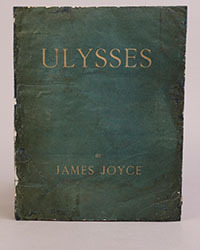Zephyr Used & Rare Books has published their Spring Into Summer - Catalogue June 2025. As always, they offer all sorts of paper collectibles, not just books. There are brochures, advertising materials, photographs, maps and documents. Most of it is rare, often not meant to last. It is all a look at the past, overwhelmingly yesterday in America. We'll take a look at a few of these items.
It's summer now so it's time to hit the road, just as Professor Fred Allison Howe and wife Florence Morehouse Howe did on June 23, 1922. They took off from Los Angles headed for New York, and didn't return until three months later. They kept a photo album, and that is herein offered. It's a chance to experience that trip as it was a century ago. Their journey began on the most iconic of American roads, Route 66. They traveled through the Southwest, up to Colorado, Nebraska, and on to Iowa, Michigan, up into Canada, and back down to New York. There are 223 silver gelatin prints and the travelers have added captions. This was the era of the Good Roads movement, building new highways, and the See America First movement that encouraged Americans to vacation at home rather than Europe. They stopped and photographed the Grand Canyon (it hasn't changed much), Hopi dancers, Cliff Dwellings and a rodeo in Arizona, an Indian Reservation and the oldest church in America in New Mexico, camped in Colorado Springs, visited Florence's family in Iowa, to Grand Rapids where Fred grew up, Ontario and Niagara Falls. They spent a week with a family in Syracuse, New York, visited sites along the Hudson River, Albany, Western Massachusetts and Connecticut before finally arriving in Manhattan on August 20. They visited Central Park, the Statue of Liberty, Brooklyn Bridge (it doesn't say whether they bought it), Wall Street and the Met. They returned by going down to Jersey, Pennsylvania and Washington. Then, to Mt. Vernon and the Gettysburg Battlefield. There were still many survivors of that battle around then. It's then back west where they see the bleak Wyoming landscape and carcasses of sheep caught in a blizzard. They get on the iconic Lincoln Highway (you can still travel parts of it) and visit Salt Lake City before finally arriving home on September 22. So, what are you doing this summer? Item 12. $1,250.
If you'd rather take a more relaxing vacation, you can take it easy on an ocean liner. That's what Harold Berson did, or at least considered, when he ordered this 20-page 1937 brochure from Cunard White Star in 1939. It promotes the Georgic with a plan for Cabin Class. That was the most luxurious class. If he went, Berson would have been one of 479 passengers out of 1542 who sailed with the upper class. The brochure features the numerous amenities he would have enjoyed. The route took the ship from Liverpool to Boston and New York. Hopefully, Berson acted fast, because by 1940, the Georgic was converted to carrying troops. She assisted in the evacuation of France in 1940 before being sunken by the Germans in 1941. She wasn't finished yet. Raised and salvaged she was used as a troop carrier during the war, finally decommissioned in 1956. The massive ship weighed an astonishing 27,759 tons, leading to the question, how on earth did this thing float? Item 12. $175.
This is a dealer promotional sales book for the Twentieth Century Motor Car Corp. from 1974. They manufactured the Dale, sort of a three-wheeled car but with a motorcycle engine. Or, supposedly so. It was promoted as low priced, safe, 50-90 mpg. There were also two other models, the Revelle and the Vanagen, the latter a van with a name that sounds a lot like the one Volkswagen later used for their van, the Vanagon. The designer was Dale Clifft. Clifft was an aboveboard inventor, but the car was promoted by one Geraldine Elizabeth Carmichael (previously Jerry Dean Michael). She had been married four times and had a mess of children before transitioning to a female at age 45. She had been involved in all sorts of frauds such as passing bad checks and counterfeiting when she met Clifft, and in him saw an opportunity for fraud on a different scale. She made up all sorts of stories about herself and succeeding in getting millions of dollars from investors and hundreds from people reserving a car. Three models of the car were built, but with a Briggs and Stratton motor, not a BMW motorcycle. The California DMV started poking around and discovered much of what she claimed was fraud. She moved to Dallas, and then disappeared with authorities closing in. She was eventually convicted of fraud, but took off while out on bail, but later spent 18 months in prison after captured in 1989. Now that you know the whole story, this dealer promotion book sounds even more interesting. Item 40. $425.
Next is a movie poster for a show that you could watch for free. The film was Pennsylvania Hills to the Chain of Steel Industries, stylized as “The Greatest Industrial Picture 'Ever Shown' on the North American Continent. Over 6000 People in This Picture,” literally, a cast of thousands. This was a silent film due its era, it being produced by the L.R. Steel Corporation in 1922. The L.R. Steel Corporation did not produce steel. It was a chain of stores similar to the five and dimes of its day. Surprisingly, considering the size of the operation and the career of its founder, Leonard Rambler Steel, it appears to be essentially forgotten today. Steel's name did not live on as did that of Charles Ponzi. The comparison is not really fair as it wasn't meant to be a fraud, it's just that Steel's scheme all quickly came to pieces and a lot of people lost a lot of money investing in it. He had salesmen who found investors in various communities to start up their own Steel store. There were around 75 of them. It was these payments that made the parent company successful, but evidently the stores did not prosper, and very quickly it all came tumbling down. Steel “retired” on January 27, 1923, obviously with some encouragement. The Board tried to right the ship but it was too far underwater. According to a New York Times article, on March 9, 1923, the Steel Corporation, including twenty related companies, went into receivership. Investors, some 60,000 of them, were out over $20 million. Steel himself was supposedly broke, though his wife owned a nice home. The Times said, “Mr. Steel's health was shattered by his three years' devotion to the business bearing his name, it was stated.” That was true. Steel hopped a train to Detroit in hopes of convincing Henry Ford to loan him a million dollars, but he died on route, just 45 years old. His movie is now lost and only one copy of the companion book still survives (you can read it on HathiTrust). The epilogue of the book calls people “longing for opportunity to gain those things in life which makes for peace, happiness and common comfort” to “combine their savings under the leadership of sincere, honest, experienced men and directly realize the earning power which their money should enjoy. Opportunity knocks at the door of judgment. Reason answers the summons and bids Action open the door to embrace the Opportunity which has finally presented itself.” Better, they put their money in the bank (but took it out again by 1929). Item 66. $550.
Item 14 is a 48-page 1925 booklet with the cover title The Arizona Sheriff. The cover shows a sheriff drawing his gun from a holster. However, this is not a book about cowboys or law and order. It's about a “symbol of law and order.” That symbol was the 1925 Studebaker Big Six. The Big Six was a rugged and powerful car, Zephyr says “perhaps the first muscle car.” Major Grover F. Sexton here writes that the Big Six was “driven relentlessly in the teeth of ruts, rocks, steep grades...stretches of desert where no trace of trail existed, but over which criminals must be pursued by a car crashing through brush and cactus stumps at night.” Maybe the Big Six was the first SUV too. Studebaker made some of the most aesthetically stylish cars over the years, but for some reason, in the 1950s, people stopped buying them and bought Chevies instead. Why I will never know. Item 14. $375.
Zephyr Used & Rare Books may be reached at 360-695-7767 or zephyrbook@gmail.com.

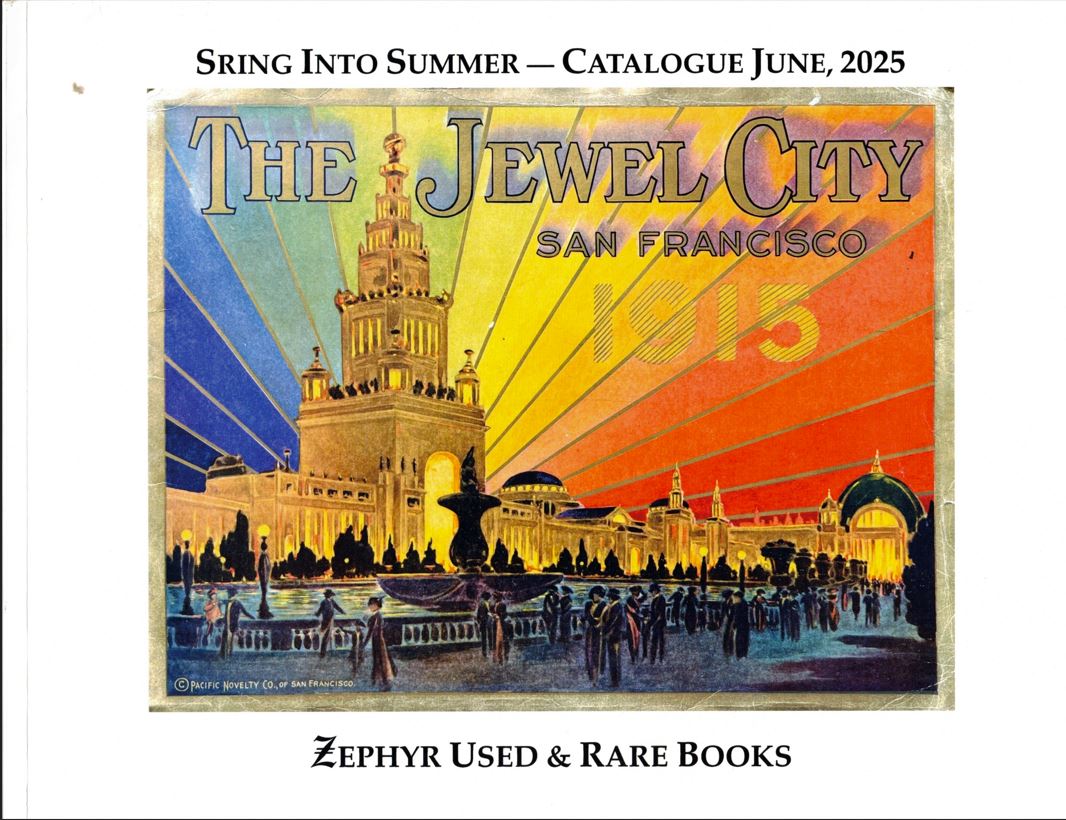
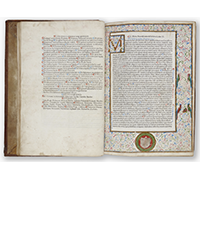



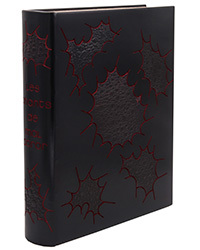
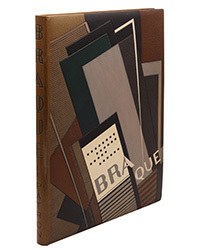
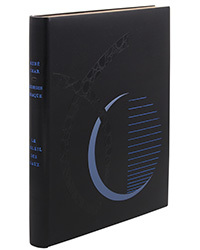

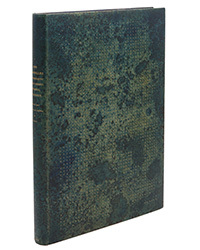
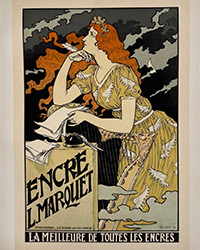
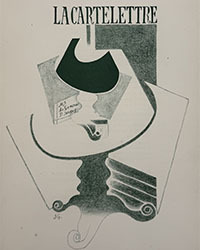

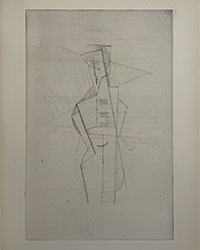
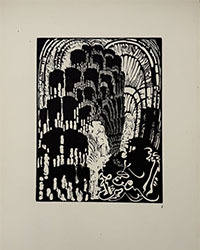
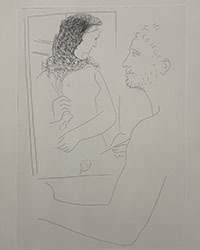

![<b>ALDE, Dec. 3:</b [PICASSO (PABLO)]. <i>Hommage à Pablo Picasso,</i> Paris, s.n., 1966. €8,000 to €10,000. <b>ALDE, Dec. 3:</b [PICASSO (PABLO)]. <i>Hommage à Pablo Picasso,</i> Paris, s.n., 1966. €8,000 to €10,000.](https://ae-files.s3.amazonaws.com/AdvertisementPhotos/f6ec5592-2bab-41b8-a105-7f0702d97750.jpg)

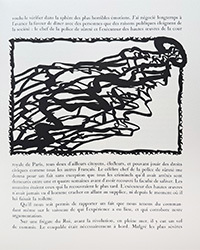


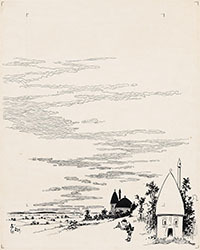


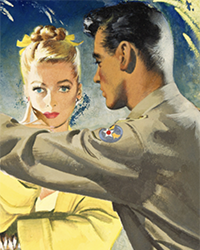
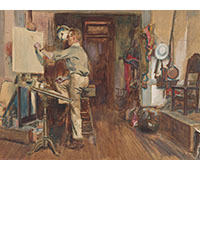
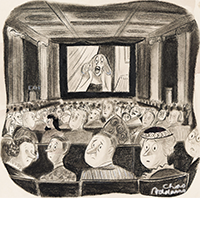
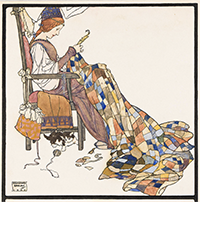
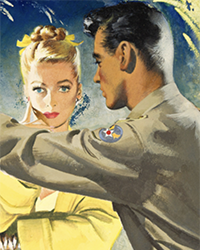
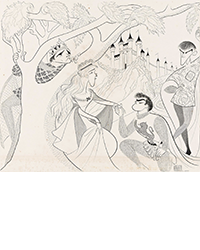
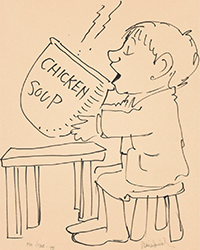

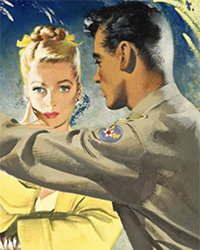
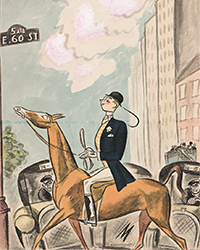

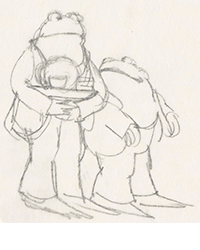
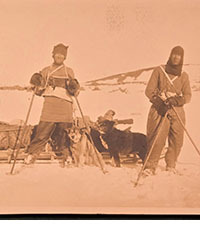
![<b>Scandinavian Art & Rare Books Auctions, Dec. 4:</b> ROALD AMUNDSEN: «Sydpolen» [ The South Pole] 1912. First edition in jackets and publisher's slip case. <b>Scandinavian Art & Rare Books Auctions, Dec. 4:</b> ROALD AMUNDSEN: «Sydpolen» [ The South Pole] 1912. First edition in jackets and publisher's slip case.](https://ae-files.s3.amazonaws.com/AdvertisementPhotos/0a99416d-9c0f-4fa3-afdd-7532ca8a2b2c.jpg)
![<b>Scandinavian Art & Rare Books Auctions, Dec. 4:</b> AMUNDSEN & NANSEN: «Fram over Polhavet» [Farthest North] 1897. AMUNDSEN's COPY! <b>Scandinavian Art & Rare Books Auctions, Dec. 4:</b> AMUNDSEN & NANSEN: «Fram over Polhavet» [Farthest North] 1897. AMUNDSEN's COPY!](https://ae-files.s3.amazonaws.com/AdvertisementPhotos/a077b4a5-0477-4c47-9847-0158cf045843.jpg)
![<b>Scandinavian Art & Rare Books Auctions, Dec. 4:</b> ERNEST SHACKLETON [ed.]: «Aurora Australis» 1908. First edition. The NORWAY COPY. <b>Scandinavian Art & Rare Books Auctions, Dec. 4:</b> ERNEST SHACKLETON [ed.]: «Aurora Australis» 1908. First edition. The NORWAY COPY.](https://ae-files.s3.amazonaws.com/AdvertisementPhotos/6363a735-e622-4d0a-852e-07cef58eccbe.jpg)
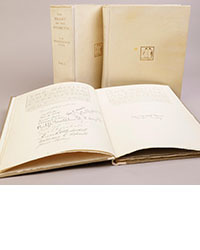
![<b>Scandinavian Art & Rare Books Auctions, Dec. 4:</b> SHACKLETON, BERNACCHI, CHERRY-GARRARD [ed.]: «The South Polar Times» I-III, 1902-1911. <b>Scandinavian Art & Rare Books Auctions, Dec. 4:</b> SHACKLETON, BERNACCHI, CHERRY-GARRARD [ed.]: «The South Polar Times» I-III, 1902-1911.](https://ae-files.s3.amazonaws.com/AdvertisementPhotos/3ee16d5b-a2ec-4c03-aeb6-aa3fcfec3a5e.jpg)
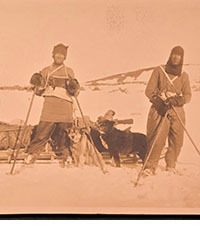
![<b>Scandinavian Art & Rare Books Auctions, Dec. 4:</b> [WILLEM BARENTSZ & HENRY HUDSON] - SAEGHMAN: «Verhael van de vier eerste schip-vaerden […]», 1663. <b>Scandinavian Art & Rare Books Auctions, Dec. 4:</b> [WILLEM BARENTSZ & HENRY HUDSON] - SAEGHMAN: «Verhael van de vier eerste schip-vaerden […]», 1663.](https://ae-files.s3.amazonaws.com/AdvertisementPhotos/d5f50485-7faa-423f-af0c-803b964dd2ba.jpg)
![<b>Scandinavian Art & Rare Books Auctions, Dec. 4:</b> TERRA NOVA EXPEDITION | LIEUTENANT HENRY ROBERTSON BOWERS: «At the South Pole.», Gelatin Silver Print. [10¾ x 15in. (27.2 x 38.1cm.) ]. <b>Scandinavian Art & Rare Books Auctions, Dec. 4:</b> TERRA NOVA EXPEDITION | LIEUTENANT HENRY ROBERTSON BOWERS: «At the South Pole.», Gelatin Silver Print. [10¾ x 15in. (27.2 x 38.1cm.) ].](https://ae-files.s3.amazonaws.com/AdvertisementPhotos/fb024365-7d7a-4510-9859-9d26b5c266cf.jpg)
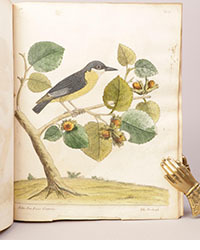
![<b>Scandinavian Art & Rare Books Auctions, Dec. 4:</b> PAUL GAIMARD: «Voyage de la Commision scientific du Nord, en Scandinavie, […]», c. 1842-46. ONLY HAND COLOURED COPY KNOWN WITH TWO ORIGINAL PAINTINGS BY BIARD. <b>Scandinavian Art & Rare Books Auctions, Dec. 4:</b> PAUL GAIMARD: «Voyage de la Commision scientific du Nord, en Scandinavie, […]», c. 1842-46. ONLY HAND COLOURED COPY KNOWN WITH TWO ORIGINAL PAINTINGS BY BIARD.](https://ae-files.s3.amazonaws.com/AdvertisementPhotos/a7c0eda0-9d8b-43ac-a504-58923308d5a4.jpg)
